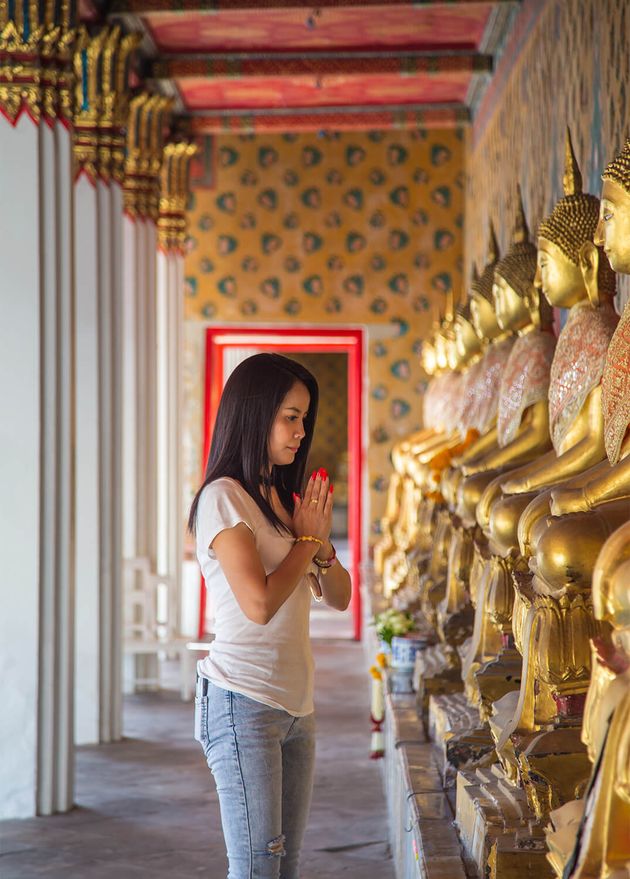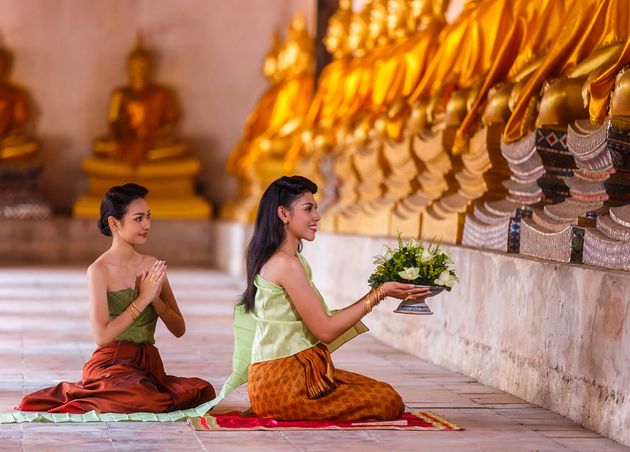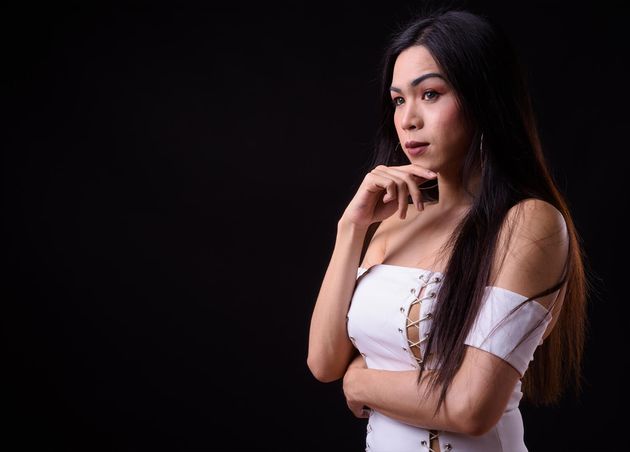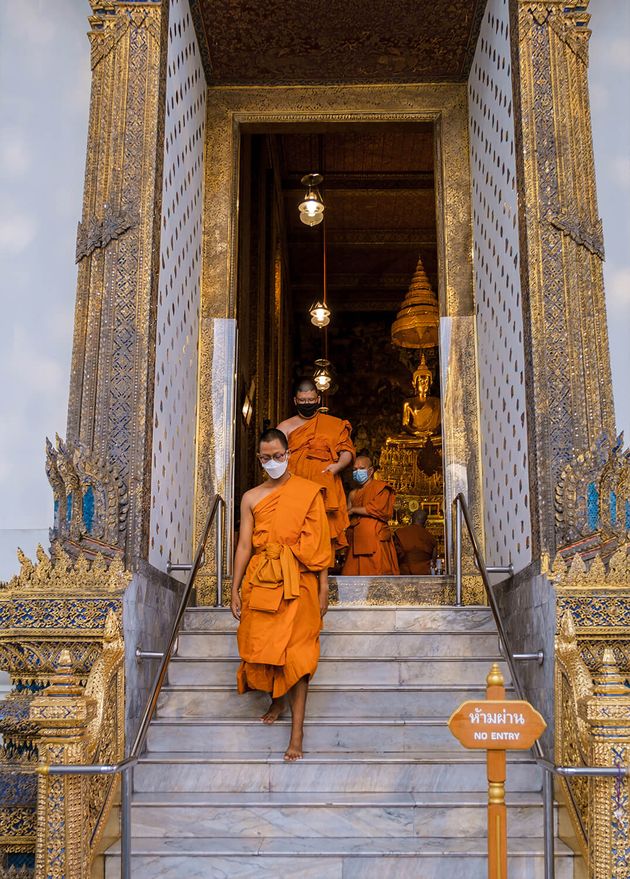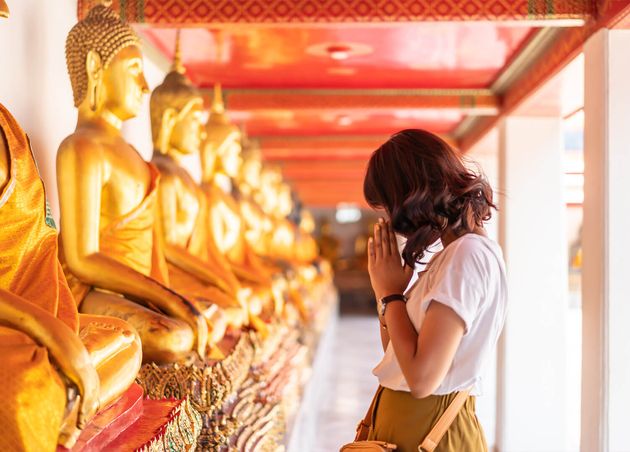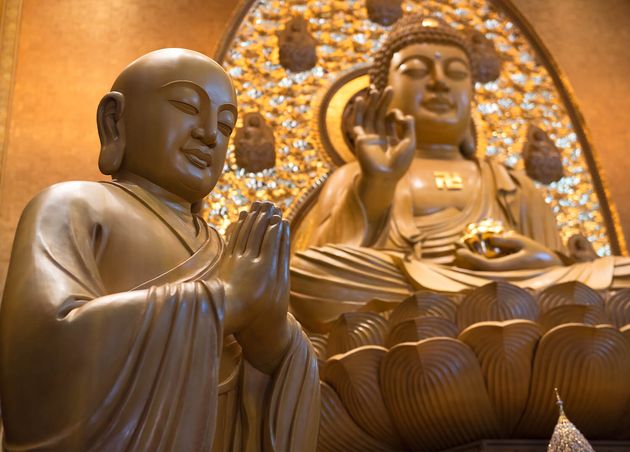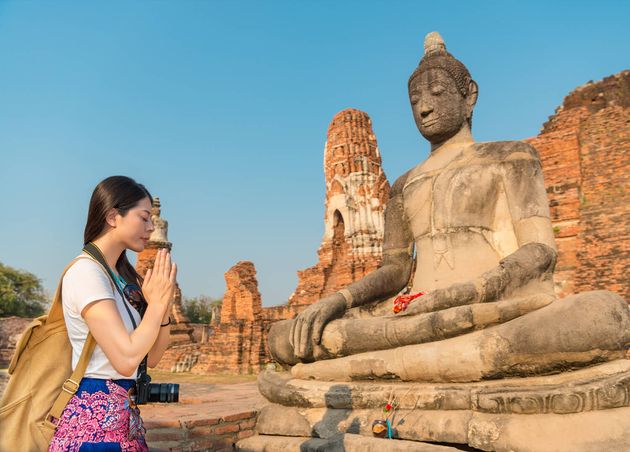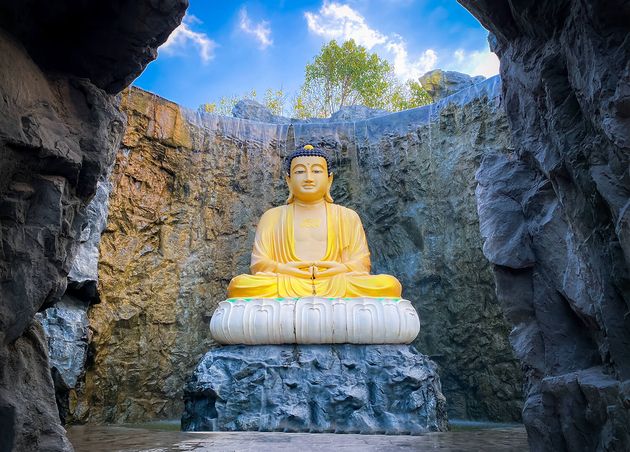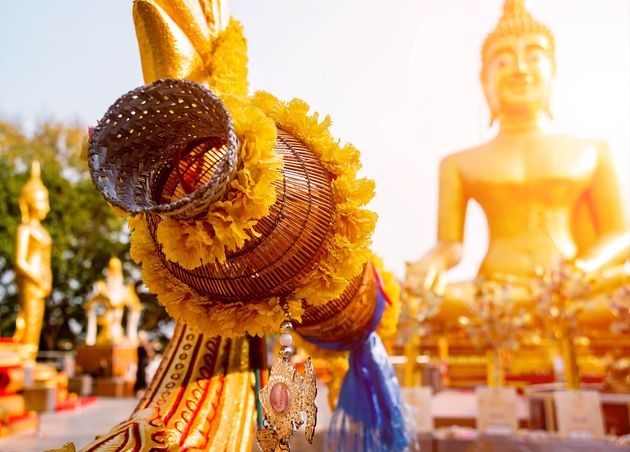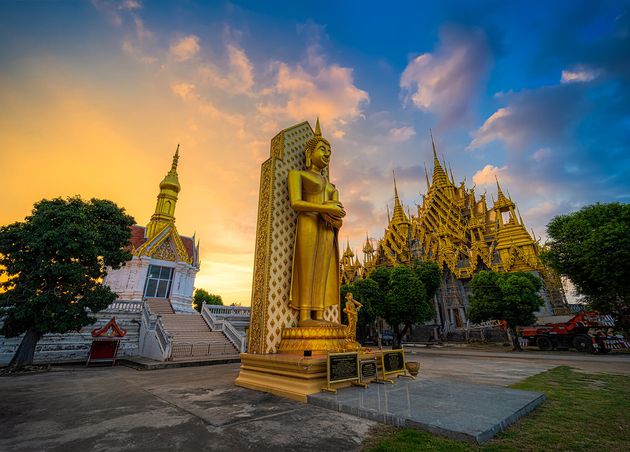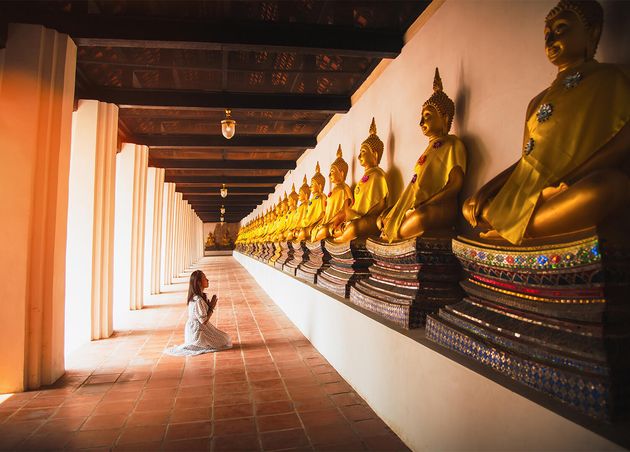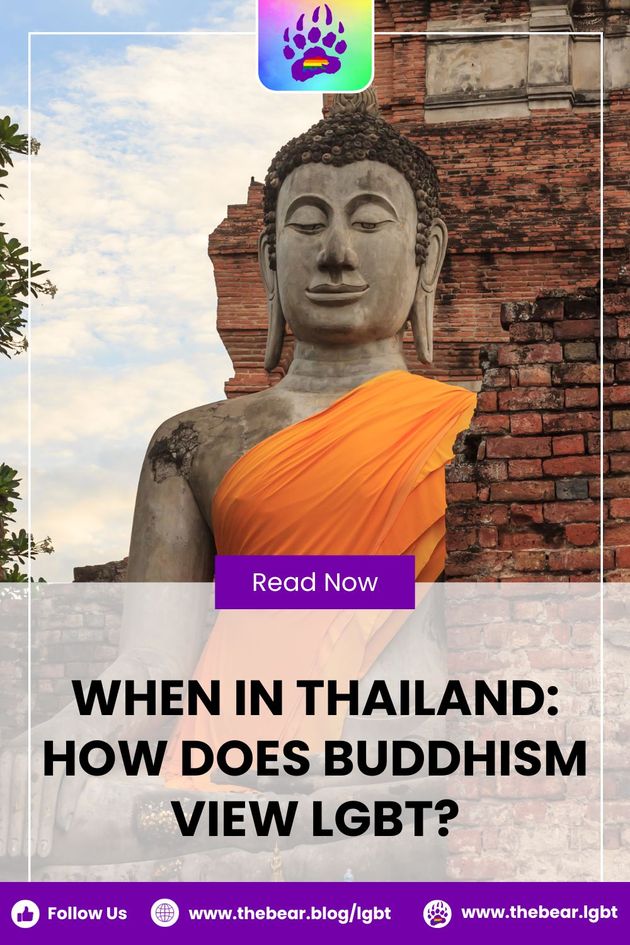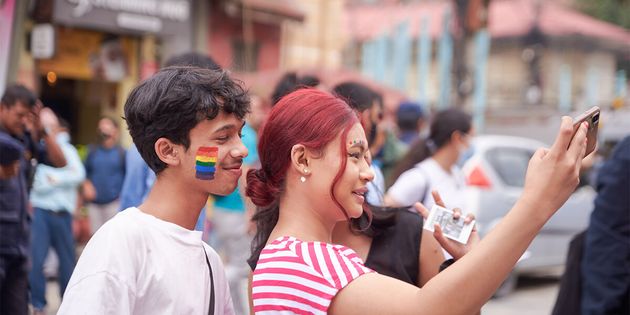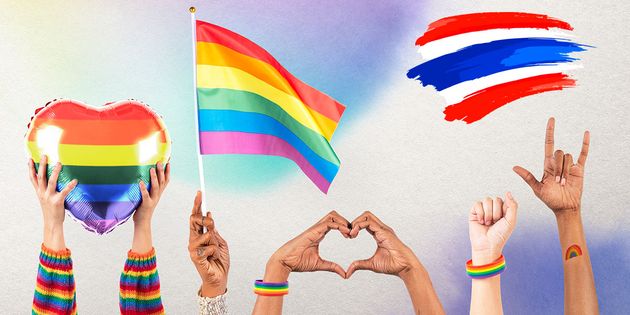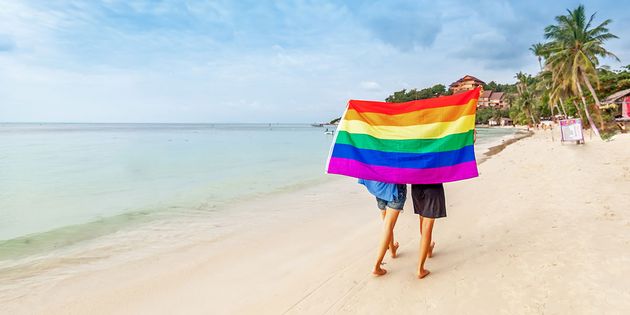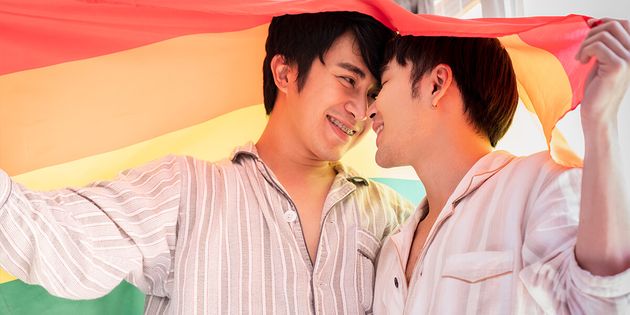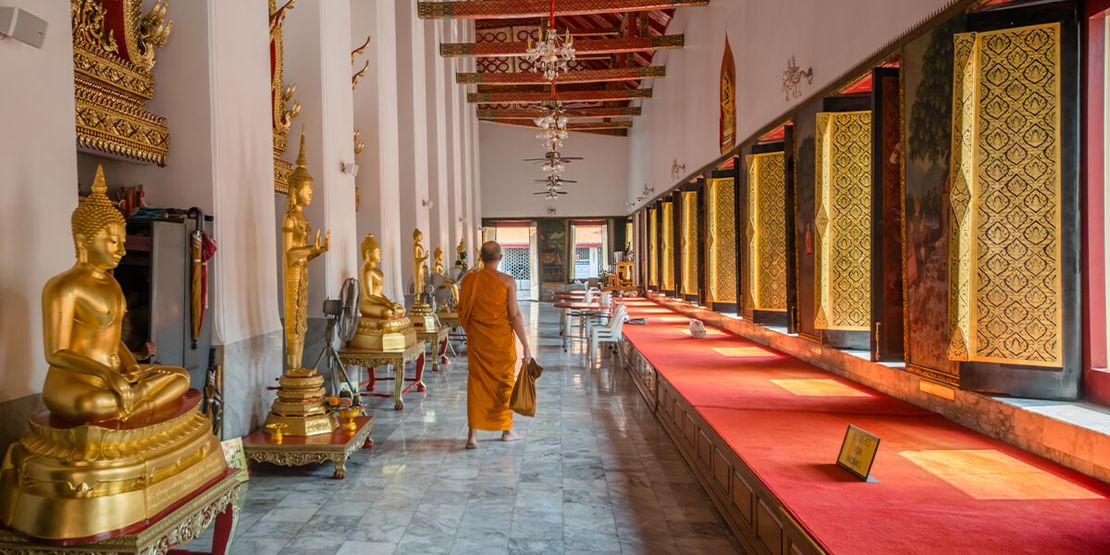
When in Thailand: How Does Buddhism View LGBT?
Buddhism views LGBT individuals differently than other religions. The big difference between Buddhism and other religions is that there is little focus on the morality of sexuality.
Where other religions place rules in their canons to oversee sexual behavior, there are carefully crafted laws on marriage and laws to shape orientation.
Buddhism's emphasis instead is on not harming others through sexuality, not on imposing values from a central authority. However, a conflict among Buddhist views causes a paradox in the LGBT attitudes of people in lay society.
So, if you are curious to know more about how Buddhism views LGBT, keep on reading.
What Are Buddhist Views towards LGBT?
Buddhist views on LGBT vary amongst the different Sects of religion. However, there is no mention of same-sex relations in early Buddhist texts; there is no particular stigma.
The entire question among the three divisions of Eastern Buddhism centers on the definition of sexual misconduct. Some texts mention that non-vaginal intercourse is misconduct, but some interpret forced intercourse as misconduct.
There is a conflict in the Buddhist views on what the West calls the LGBT community. The primary argument is that you cannot control your LGBT identity in your current lifetime. Therefore, compassion and understanding are called for in reaction to the prevalence of these things in modern society.
What do the Old Buddhist Texts Say About Transgender People?
The Pali Canon is the fundamental Sutra (Scripture) of Buddhism, and it lays out the basic tenets of the religion. Believed to be the actual words of Buddha's original teachings, sexual orientation or same-sex behavior is not elaborated on. But sexual misconduct is mentioned in the context of the Vinya, or code of monastic discipline to guide monk's behavior. Sexual activity by ordained monks is prohibited, but only physically.
Buddha teaches that the goal of living is to have a happy and pleasant life and a pleasant rebirth. Sensual pleasure is part of that. The misconduct described in the Pali Canon consists of three things. No sex with those underaged, with someone married to someone else, or if someone is under a vow of celibacy.
Buddhist Interpretations of Sexual Misconduct
Buddhism must always have an image of virtue to respect the Sangha or ordained community. This is to maintain material support from society because Buddhism cannot support itself. Culture has a significant influence on this and is one of the societal norms regarding non-vaginal intercourse.
A view of that as being misconduct is included in some later texts but is not universally understood this way. For instance, the primarily followed Abhidharma texts mean forced intercourse only. This is relevant because Buddhism recognizes the existence of gender identities beyond male and female, including writings on sexual relationships.
🏳️🌈 Quick Trivia!
Thailand has one of the most prominent transgender populations in the world. Archaeologists have also found murals in temples dating back to the Rattanakosin era (1782 AD) with homosexual behavior among Thai women and men. Historians have also found photographs of transgender dancers in late 19th-century Siam.
Buddhism and Sexual Orientation
The source of Buddhism's modern conflict over LGBT people is the description in the Pali Canon of two different genders. One is The Ubhatovyajanakas, which show the characteristics of both sexes. The other is the Pandaka, who change their original sex or dress like the opposite sex. Texts say these people have committed sexual misconduct in a past life, so their identities are beyond current control.
The conflict arises again because of how this is stated in later texts, one liberal and accepting, the other not. Abhidharma says Pandaka must wait for reincarnation to seek forgiveness and should be tolerated in this life. They should be treated with kindness and goodwill. The equally respected Lotus Sutra says that the Sangha should avoid these identities. The lay followers of the Lotus text tend to shun people with transsexual identities.
Theravada Buddhism Views of Transgenders
Dr. Peter Jackson is an Australian professor of sex politics and Buddhism at the Australian National University. He talks about the two schools of thought regarding the acceptance or not of transgender sexual relations in his books.
However, he adds that the AIDS epidemic in the late 1980s changed society's views to be less accepting. This is especially true of Theravada Buddhist views on transgender people in Thailand. But, he says Thailand's current tolerance of LGBT identities comes from Theravada Buddhist's belief in Buddha's words on Karma. In paraphrase: "One must seek answers to one's past inside oneself." Other Buddhist tenets then suggest that these people should not be harmed.
The relationship between Thailand Buddhism and "Ladyboys" is thus the foundation of their near-universal tolerance in Thailand. However, Hand in Hand is also why Ladyboys, or Kathoey, are not entirely accepted in Thai society.
Japanese Buddhism's Views of LGBT
Writings on same-sex and transgender relations in Japan go back to the 8th century. These describe accepting all three gender identities (could be around 4) due to public understanding. Like Theravada Buddhism, Japanese society does not hate sexual behavior that is not controllable in someone's current lifetime.
Writings by 17th-century Japanese Buddhist scholar Kitamura Kagan agree with this. He (rightly or wrongly) says Buddha advocated sexual relationships with Pandaka over females for priests. He explains that sexual intercourse with gender roles outside male/female norms prevents disrespect of the Sangha by preserving the Vinya. This centuries-old perspective has allowed a modern LGBT culture to flourish in present-day Japan.
Chinese Buddhism's Views of LGBT
The Buddhist attitude in China is again one of general tolerance but not total acceptance. Buddhist scholar, Msing Yun preached, "Buddhism should never teach intolerance… people should instead expand their minds." Adding that "It (LGBT sexual behavior) is neither right nor wrong, it is something people do." "If not harmed, it is private life. This should be tolerated and not rejected".
However, this beautiful philosophy was not enough to soothe the attitudes of early Western visitors to China. Travelers reported a scary amount of same-sex relations in China. The West was shocked, and countless missionaries sought to change this. Unfortunately, later, Chinese governments saw an easy scapegoat in the LGBT community, resulting in brutal repression. But this is not the case so much in modern-day China. Attitudes never changed in the Buddhist communities, and toleration is again the norm, if not the rule.
Tibetan Buddhist Views on LGBT
The views of Tibetan Buddhists are perhaps the most interesting. Some respected writings place value on transgenderism. The writings of Ma Ning point to the "middleness and balance" of Pandaka as a lesson to others. The extremes of either side are not in harmony with the goal of a peaceful life and rebirth.
Other elements of Tibetan Buddhism are similar in emphasizing a more accepting view of LGBT people. They focus on the 3rd of the five precepts of the path to enlightenment in the Pali Canon. "(I will) Refrain from using sexual behavior in ways harmful to myself and others." "(I will) Attempt to express sexuality in beneficial ways and bring joy." But Tibetan Buddhism is also not free of confusion and conflict among lay practitioners.
In the last 30 years, the Dali Lama added to the problem of centuries-old Buddhist attitudes toward LGBT. One Statement in the late 1980s condemned violence against LGBT people, but he said differently in a 1997 press conference. He noted that gay behavior is sexual misconduct.
Western Buddhism's Views on LGBT
Not surprisingly, Western Buddhism is the most liberal and accepting of the LGBT community without conflict. Danish Lama Ole Nyadi comes right out and says:" sexual orientation is not essential to practicing Buddhism." The primary philosophy of Western Buddhism is a blend of all other Buddhist sects. It holds overall values, not texts, as the fundamental way Buddhism applies to sexual orientation.
Western Buddhism says that sexual misconduct is the judgment of oneself and should not be conveyed to believers by the Sangha. The difference in the Western view is far from its eastern counterpart regarding same-sex marriage. The Juniper Foundation, a Western Buddhist organization like a church, addresses this directly. It says social customs such as marriage are conventions evolving with society. This means that there should be nothing, at least in Buddhism, against such unions.
What is the View of Buddhism on LGBT in Thailand Today?
Thailand is the land of ladyboys, an LGBT paradise, but not in its laws. No law allows same-sex marriage; changing gender or gender identity is technically illegal. And no specific hate crime laws protect LGBT identities. This is all related to the split over what sexual misconduct is in Buddhism.
The government is somehow slow to enact legislation to change all this because, for the most part, society is not ready for it. But as Western Buddhism says, societal convention, meaning laws, can evolve. And that evolution is happening in Thailand.
So, Buddhism is a religion that is committed to compassion and peace and sees all beings as equal. Although Buddhism is open to all people, there are specific views on LGBT people. Regardless, Thailand welcomes everyone with open arms to enjoy its beauty and serenity.
🏳️🌈 LGBT Vocabulary Time!
Monastic
: a monk or other follower of a monastic rule
Sangha
: the Buddhist monastic order, including monks, nuns, and novices
Soothe
: to calm and reduce pain or discomfort
Stigma
: a negative mark or disgrace linked to a specific circumstance, attribute, or individual
Sutra
: a rule or aphorism found in Sanskrit literature or within the scriptures of Buddhism or Jainism
LGBT Bear
More From The Bear LGBT
Is Bullying of Gay Youth Still Pervasive in Thai Schools?
Gabriel (Gay Bear)
The Bizarre World of Coming Out As A Bisexual in Thailand
Jordan (Bisexual Bear)
LGBT in Thailand: The Complete Guide
LGBT Bear



